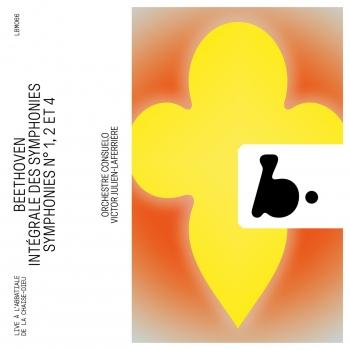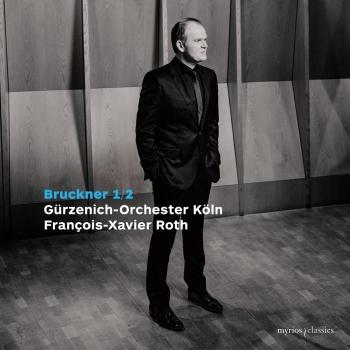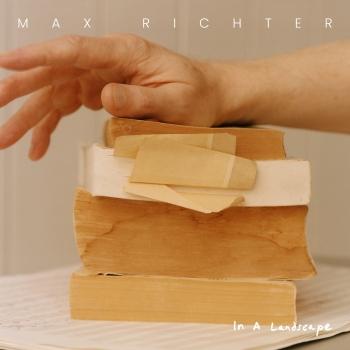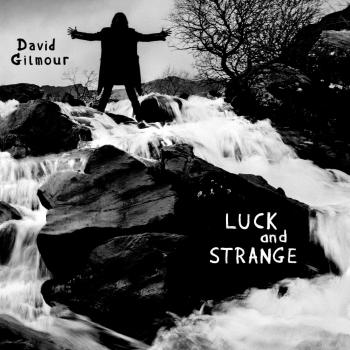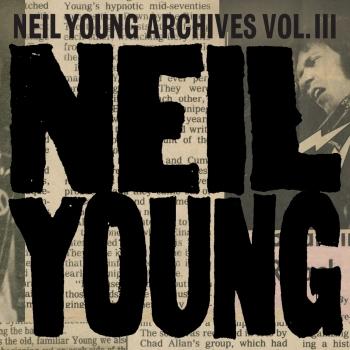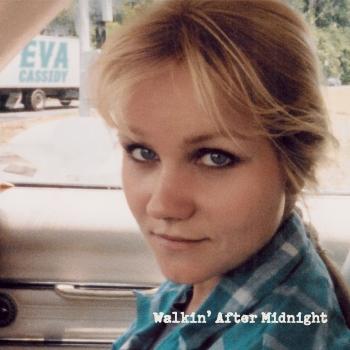
What It Means Bria Skonberg
Album Info
Album Veröffentlichung:
2024
HRA-Veröffentlichung:
26.07.2024
Das Album enthält Albumcover
- 1Comes Love04:30
- 2Sweet Pea03:40
- 3Do You Know What It Means to Miss New Orleans04:13
- 4The Beat Goes On06:51
- 5In The House06:23
- 6Cornet Chop Suey04:44
- 7Beautiful Boy05:27
- 8Days Like This03:23
- 9Petit Fleur04:35
- 10Elbow Bump07:05
- 11Goodnight My Angel04:29
Info zu What It Means
For critically acclaimed trumpeter and vocalist Bria Skonberg, the great joy of music has always been in sharing it – with audiences and peers on the bandstand. “I love to perform. I love to prepare songs in ways that surprise and delight listeners, adding different variables and finding commonalities. I love blasting my trumpet over a hard grooving rhythm section. I love hearing horns in harmony and singing from a whisper to a roar,” Skonberg reflects. “It’s a cathartic, soul-satisfying experience, and all I’ve wanted to do since I first met the trumpet.” This elation was, for Skonberg and others, poignantly put on hiatus with the onset of the global pandemic in 2020.
By January 2021, Skonberg had experienced the weight of the worldwide lockdown in a profound blend of emotions. From not having seen her parents in over a year and having interacted with other musicians less than ten times since the start of the lockdown, mingled with the kaleidoscopic wonder of becoming a new parent, Skonberg at once experienced the desolation of the depths of the worldwide sense of isolation while being beautifully overwhelmed with a new kind of love. With this experiential context, when gigs finally did begin to return, Skonberg felt “like I was trying to find a way back and a way forward at the same time.” What proved deeply grounding for Skonberg amid this tumultuous societal return to normalcy was revisiting the material she had learned in her teens – classics like Louis Armstrong’s “Cornet Chop Suey” – and immersing herself in lifelong musical favorites of her family, such as Van Morrison and The Beatles, and of her own, namely Wynton Marsalis’s septet music. This blend of worldwide trepidatious optimism, parental beauty, and the music that stirred Skonberg’s soul from her teens through her adulthood led her to a place where she understood what her next project needed to be. After meeting and brainstorming with long-term mentor and friend, Producer Matt Pierson, Skonberg envisioned the project that now stands as What It Means, a love letter to the music and tradition of New Orleans that first inspired her, releasing on July 26, 2024 via Cellar Music Group.
The album’s title holds layers of significance, both on an individual level and in recognizing jazz history — a truncated version of one of the most famous standards about the Crescent City: “Do You Know What It Means To Miss New Orleans?” By evoking this standard, Skonberg immediately aligns the album with the history and tradition of that great musical city. Moreover, by shortening the title to simply state What It Means, Skonberg turns it into a broader statement and call to her audience to recognize that which is important to each person. Skonberg herself addresses the topic from her perspective on the album. “I am affirming ‘what it means’ to me,” she says. “I care about family, I care about getting to make music that brings joy with other people, from a place that reveres its roots, and that looks forward to brighter days.”
Musically, What It Means is a powerhouse monument to Skonberg’s distinctive style as a writer and performer. Combining inventive arrangements of traditional jazz standards, witty amalgamations of crossover hits, and original compositions that sound like standards, Skonberg showcases her immersion in the lineage of jazz in such a way that is both historically informed and refreshing in a contemporary way. Moreover, her tasteful mastery of sonic palettes is aptly displayed throughout the album, such as the textural use of bass clarinet on her arrangement of “Petite Fleur”. An almost coy element of Skonberg’s sound that can be found in her writing on this album, particularly on “Petite Fleur”, is her use of musical ‘Easter Eggs’; that is, sly references to other elements of jazz tradition hidden within the arrangements that are to be found by the attentive listener.
Notable on the album are Bria’s originals, which seem to masquerade as standards due to their tasteful stylistic writing. One such piece is “Elbow Bump”. Written in the first month of the pandemic when the usual hug or handshake became risky, and musicians were trying to figure out how to collaborate virtually, Skonberg found herself already craving the deeply interpersonal feel of the New Orleans 2nd line groove, and began writing this piece. The album’s other original is “In The House,” which was directly inspired by the sound and aesthetic of the great Sidney Bechet. Both of Skonberg’s featured originals are accessible to beginner and intermediate jazz players. In recent years, as she has become an active educator and clinician, she wanted to create pieces that stood as artistic statements, yet could still be shared with these educational communities.
One of the pieces on this album not from within the oeuvre of jazz is John Lennon’s “Beautiful Boy”. The piece was one that had been familiar to Skonberg for years without much thought. Upon becoming a parent, however, Lennon’s song suddenly struck a new and resounding chord with her. “The simple nurturing of the lyrics and melody resonate deeply now, and often when I perform it I look out and see tears in the audience,” Skonberg says. “Parenting is so exasperating, humbling, beautiful, and complex. It’s so hard, and this song is a lullaby for parents.” The arrangement contains a tasteful nod to Neal Hefti’s “Lil’ Darlin” due to both the alternate title of the piece, and Lennon’s last line of lyrics in it.
In order to create such an authentically felt New Orleans album, Skonberg leaned deeply into the power of meaningful and humble collaboration. The album features a wide variety of musicians, including many of the current staples of the NOLA jazz scene.In particular, the album showcases the indispensable drummer/percussionist and New Orleans legend, Herlin Riley. Skonberg had never worked with the album’s bassist, Grayson Brockamp, prior to this album, but booked him per Riley’s recommendation and was immediately impressed by his ability and tasteful contributions to the layout and structure of each song. Pianist Chris Pattishall is one of Bria’s longest-standing collaborators, who uses his experience in the realm of film scoring in real-time to create luscious soundscapes at the piano, which are marvelously conducive for the rest of the band to improvise over and rely upon. Present on guitar and banjo, Don Vappie is a giant within New Orleans, known for his stalwart leadership of the King Oliver project and steeped within the legacy of the city’s music. Aurora Nealand, the soprano saxophonist heard on the opening track, is a former roommate of Skonberg from a Swing festival in Stockholm. “I was amazed how she could get so much sound out of her instruments and had mastered the music of Sidney Bechet,” Skonberg says.
Rex Gregory is heard on tenor saxophone and bass clarinet on the album, and Skonberg notes admirably his ability to “bring the heat in his playing, be it fiery or a smolder, without an ounce of attitude.” Trombonist Ethan Santos, originally from California, has quickly become a mainstay in the New Orleans scene, and is a part of important contemporary groups within the city such as the New Orleans Jazz Orchestra and Ashlin Parker’s Trumpet Mafia. “I immediately loved his tone,” Skonberg confesses. “His playing is lyrical, soulful, and reliable.” Ben Jaffe, featured here on Sousaphone, is a player of paramount importance within New Orleans today. The son of those who founded the Preservation Hall, Jaffe now leads the Hall’s band and keeps up the vibrant tradition in a powerful way. “I’ve seen the band many times, and have been lucky enough to sit in,” Skonberg says. “I couldn’t imagine this project without a piece of that history.” Lastly, Gabrielle Cavassa (a New Orleans-based vocalist most recently heard as a member of Joshua Redman’s group) shares a duet with Skonberg on Van Morisson’s “Days Like This,” per co-producer Matt Pierson’s suggestion.
What It Means is a landmark work of heart, head, and history. After walking out of the isolation that plagued society for three years, the hearty grooves and intrinsically relational nature of the music of New Orleans, accentuated all the more by Skonberg’s musical personality and arranging style, is the perfect way to flip the shadows of loneliness on their heads. What It Means is a celebration, an artwork, and the sign of a proverbial Spring coming once again for artists and audiences alike.
"This album is as fascinating as the image I have of New Orleans: amusing, brilliant, and from my point of view, it is also a bit of a risk for this artist known for another form of jazz. But I have no doubt that anyone who brushes against this album will be as captivated as your servant, who slides this beautiful album into the list of “Essentials.” (Thierry De Clemensat, paris-move.com)
Bria Skonberg, trumpet, vocals
Don Vappie, guitar, banjo
Chris Pattishall, piano
Steve Treseler, saxophone
Grayson Brockamp, double bass
Herlin Riley, drums, percussion
Aurora Nealand, soprano saxophone (track 1)
Rex Gregory, tenor saxophone, bass clarinet (tracks 4, 8-10)
Ethan Santos, trombone (tracks 4, 8-10)
Ben Jaffe, sousaphone (tracks 1, 10)
Gabrielle Cavassa, vocals (track 8)
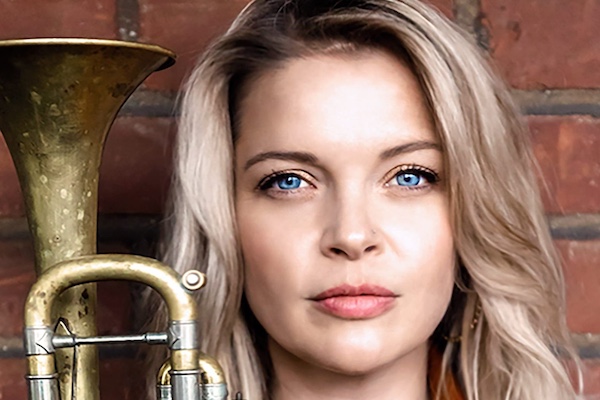 Bria Skonberg
Bria Skonberg
Canadian singer, trumpeter, and songwriter Bria Skonberg is described by The Wall Street Journal as one of the “most versatile and imposing musicians of her generation.” Recognized as one of “25 for the Future” by DownBeat magazine (Summer 2016), Skonberg is newly signed to Sony Music Masterworks’ OKeh Records, and will release her debut LP, simply titled BRIA, on September 23, 2016.
Wielding a unique blend of modern-day pop sensibility and sizzling musicianship, Skonberg aims for a sense of allure on the new collection. She credits producer Matt Pierson with helping her create music that is both curious and exotic, playing with tension and storytelling. Elite jazz chops, artfully mixed with worldly rhythms and contemporary songwriting, result in a sophisticated pop sound closely resembling that of Michael Bublé, Diana Krall, and Harry Connick Jr. Bria’s original tunes include the tango “Curious Game,” the bluesy instrumental “Down in the Deep,” and the Brazilian-flavored “How Can It Be” - a reflection of the sampling era.
Noted as a Millennial “Shaking Up the Jazz World,” according to Vanity Fair, Skonberg is a self-described “small town girl” from Chilliwack, British Columbia. She left for Vancouver straight out of high school and earned a degree in Jazz Trumpet Performance from Capilano University. But even as she absorbed the deep knowledge and disciplined work habits needed for a jazz career, she was also hustling hard to book her two bands. While in university she juggled working every weekend, traveling to festivals and shows, plus cramming in schoolwork - all while on the road.
When not traveling for her own gigs, she was building up her stage-show chops with Dal Richards, Vancouver’s King of Swing. Playing at the 2010 Winter Olympic Games in Vancouver capped off this exciting period, with Bria featured at the Paralympics opening ceremony.
In 2012 Bria released So Is The Day (Random Act Records); her first album on a US-based label. That collection showcased a developing flair for original songs with just the right amount of standards mixed in, and also featured a duet with the legendary John Pizzarelli, So Is The Day received rave reviews from critics, drawing comparisons to Norah Jones in The New York Daily News. In 2015, a year after her second album, Into Your Own, was released, Skonberg received the Jazz At Lincoln Center Swing! Award.
To date, Bria has performed at some 100 festivals worldwide. She is the co-founder of the New York Hot Jazz Camp and New York Hot Jazz Festival. Further accolades include Best Vocal and Best Trumpet awards from Hot House Jazz Magazine (2014-15), Outstanding Jazz Artist at the New York Bistro Awards (2014), a DownBeat Rising Star (2013-15), and a nominee for Jazz Journalists' Association Up and Coming Artist (2013).
“I love the idea of being a global ambassador…spreading joy, relating the human experience, and putting good into the world to counteract the negative. I want to make music that makes people feel, and think.” (Bria Skonberg)
Dieses Album enthält kein Booklet


